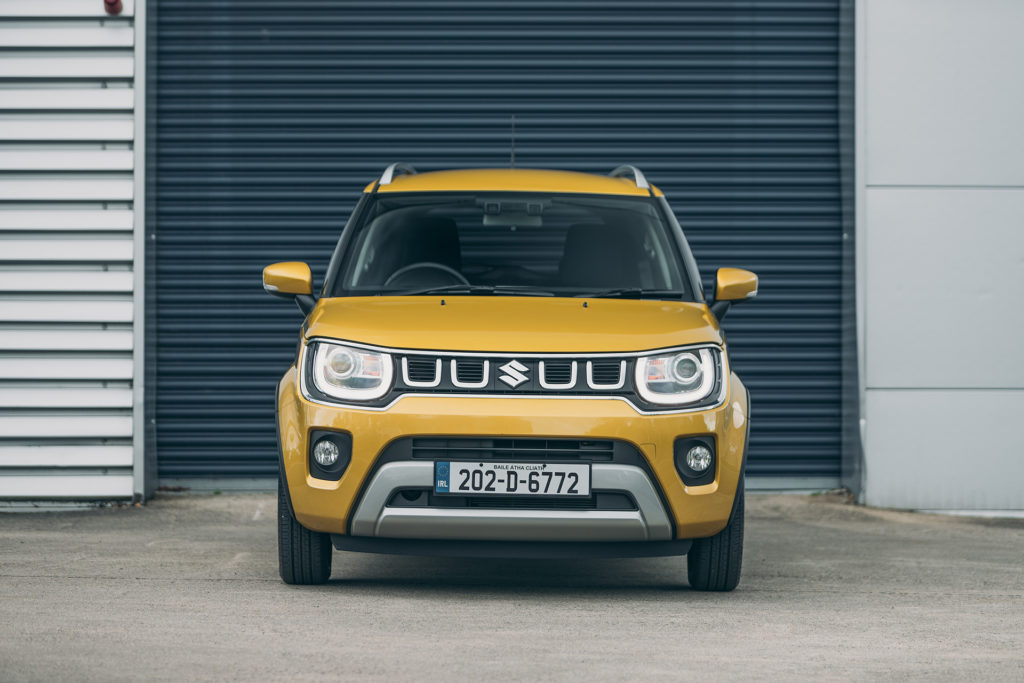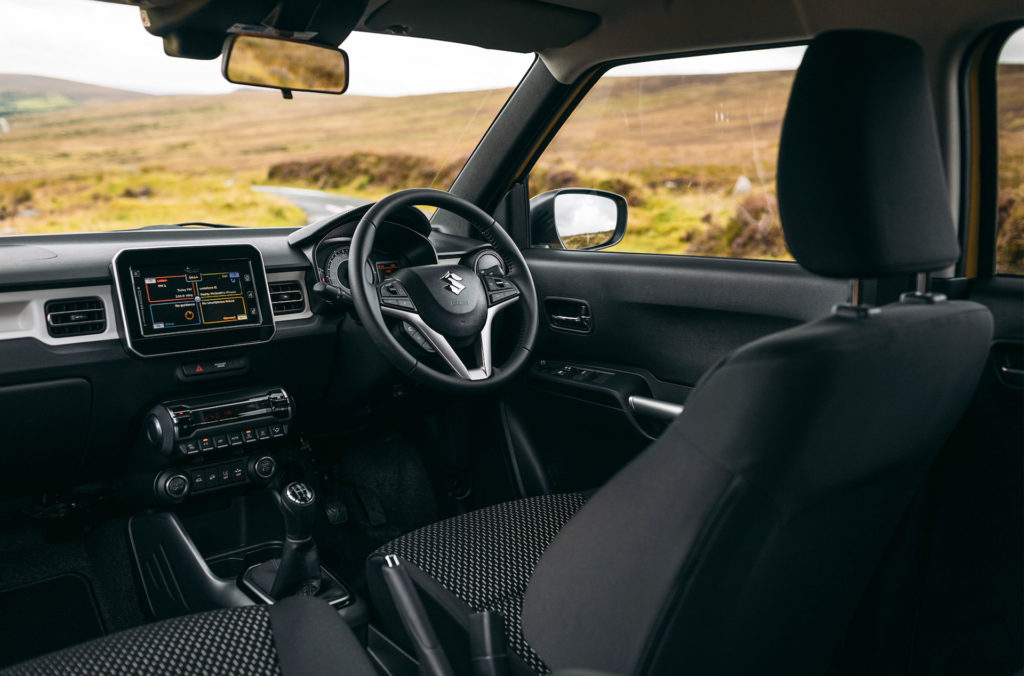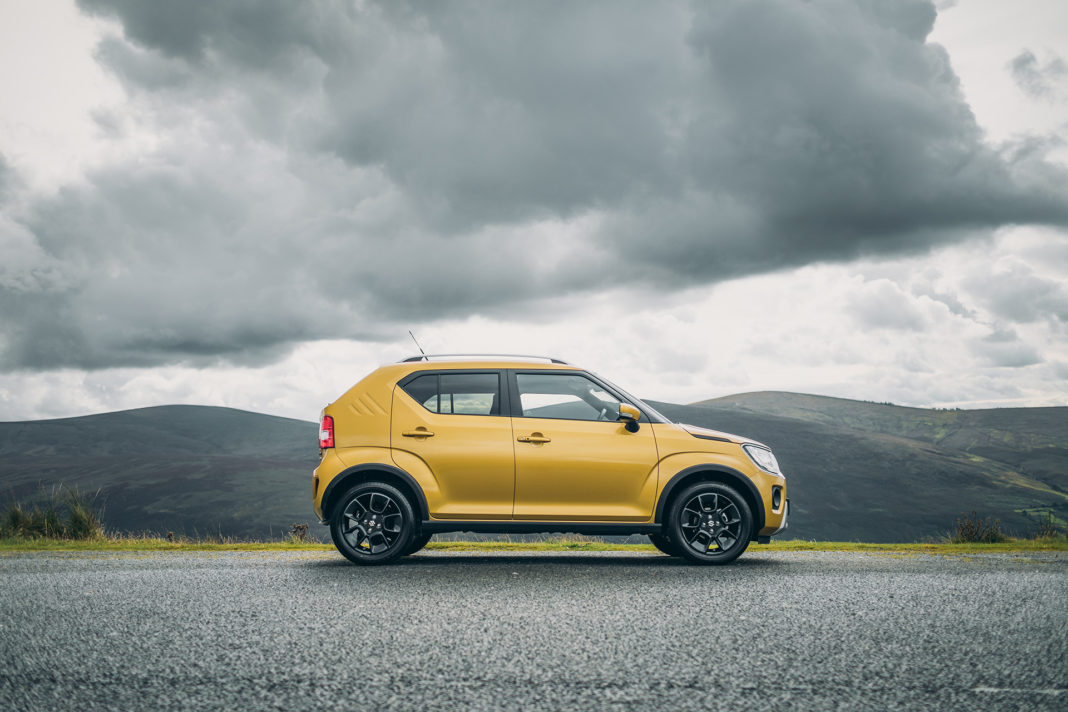My wife looked bit worried last week when she saw a yellow Suzuki outside the door. She thought I had brought back the yellow electric car that I had been driving during the recent Lockdown.
While Mrs C liked the colour of that electric car, she wasn’t happy that a lot of time was spent charging it. Every time we wanted to go out I had to make sure we had enough energy to get us to our destination and back.
Have you noticed that very few shopping centres have charge points, Carrickmines and Tesco in Clondalkin are the only two that I know of in the Dublin area, but maybe there are more.
The colours of the cars were not too far apart, the electric Peugeot was Faro Yellow, while the official colour of the revamped Suzuki Ignis is Rush Yellow. But this was a petrol hybrid and no time was wasted by yours truly charging the car.
Suzuki don’t have any immediate plans for a fully electric car in their range. For now all cars in their range are self-charging Hybrid, which means excellent performance, greater fuel economy and lower C02 emissions.
All this without having to plug in the car to charge it. No hassle and no need to change your driving style, which is very important.

Their Ignis and Swift are 12Volt Hybrids while the Vitara and S-Cross are 48Volt Hybrids.
The Ignis, which was launched in 2016, is the smallest car in the Suzuki range available in Ireland. We are told that the Suzuki brand is very popular with pensioners downsizing and also first-time buyers; they certainly have a loyal cohort of owners in Ireland.
It’s a bright, cheerful car with a slightly high driving position. The back seats can be easily adjusted and there is decent head room.
The boot is tiny and no spare wheel, just one of those dreaded repair kits. But the wheels are very small and if you haggle for a proper spare when buying new, there is room in the boot for a wheel.
There is no doubt that the Ignis is best suited to city driving, but I didn’t have any problems with buffeting on a windy motorway last week.
However, it probably works best in tight city streets where you can turn it on the proverbial sixpence. It may look small, but I think Suzuki make more of the available space than other brands.

I liked the slave controls on the steering wheel which were very user friendly. The volume control on the dash was a bit far away from the driver and I preferred the slave controls for changing the radio stations and adjusting the volume. Externally two roof rails added the SUV look.
With a slightly different stop-start system (EASS) the engine is stopped for longer periods than conventional stop start systems. And you should never run out of fuel as there is a digital print out on the dash showing you how many kilometres you have before refuelling.
Prices start at €15,560 for the entry level SZ version. The price increases to €17,045 for the SZ-T version, while the top of the range SZ5 version I drove starts at €18,560.
As usual journalists get the top of the range models and the SZ5 AllGrip version which came with a plethora of extras, will cost you €20,635. Road tax is €180.










